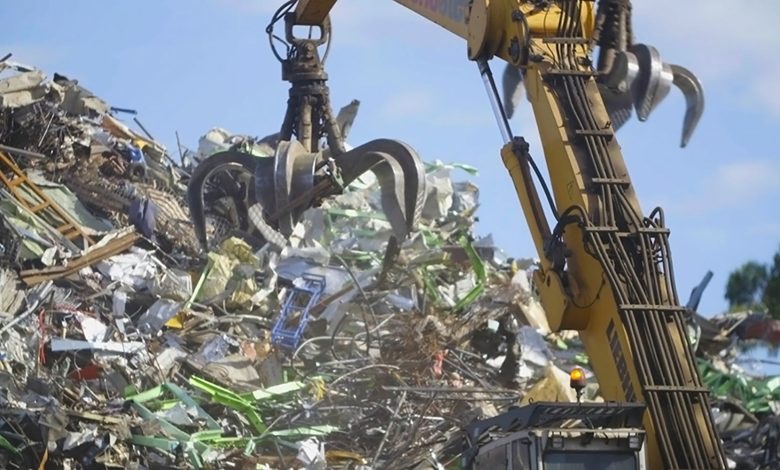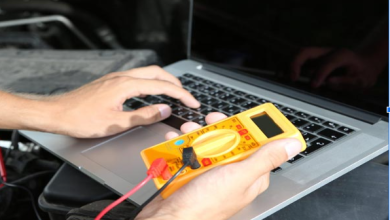The Growing Scrap Metal Problem: How to Combat It

The automotive industry, a symbol of innovation and progress, has an often-overlooked issue that is growing at an alarming rate: the scrap metal problem. As car production surges and vehicles reach the end of their life cycles, the challenge of dealing with an increasing volume of scrap metal becomes more pressing. In this article, we’ll explore the causes of the growing scrap metal problem and provide insights into how it can be effectively combated. Car body removals Caboolture
The Root Causes
The surge in the scrap metal problem within the automotive industry can be attributed to several key factors:
Rising Vehicle Production
The automotive industry has been experiencing exponential growth, driven by global demand. The more cars produced, the more vehicles will eventually reach the end of their lifespan, contributing to the scrap metal problem.
Complex Materials
Modern vehicles are constructed using a wide array of materials, including steel, aluminum, copper, and plastics. This complexity makes recycling and repurposing materials a more intricate process.
Rapid Technological Advancements
Consumer trends are pushing for the latest and most advanced vehicle models. With the rapid advancement of automotive technology, older cars become obsolete sooner, prompting owners to replace them, adding to the scrap metal issue. Car body removals Sunshine Coast
The Lifecycle of Automotive Scrap
Understanding the scrap metal problem involves looking at the complete lifecycle of a vehicle:
Production
The process begins with the manufacturing of new vehicles, which consumes a substantial amount of raw materials, energy, and resources.
Usage
Vehicles serve their primary purpose on the road, but this phase also generates wear and tear, contributing to the eventual production of scrap metal.
Maintenance and Repairs
Regular maintenance and occasional repairs are necessary to keep a vehicle running smoothly and extend its lifespan.
End of Life
At a certain point, vehicles become too old or costly to repair. This stage marks the transition to end-of-life vehicles, which are often sold to scrapyards or recycling centers.
Consequences of the Scrap Metal Problem
The growing volume of automotive scrap carries significant consequences:
Environmental Impact
Improper disposal of scrap metal can lead to environmental pollution, affecting air and water quality, as well as ecosystems.
Resource Depletion
As the demand for raw materials rises, recycling and reusing scrap metal become vital to reduce the strain on natural resources.
Waste Management Challenges
Managing the sheer volume of scrap metals presents logistical and waste management challenges, necessitating efficient recycling systems.
Economic Implications
The automotive industry must find cost-effective ways to handle scrap metal, as it can substantially affect the overall cost of vehicle production.
Combating the Scrap Metal Problem
Addressing the growing scrap metals problem in the automotive industry requires a concerted effort and a multifaceted approach:
Advanced Recycling Technologies
Investing in advanced recycling technologies can help extract and repurpose metals from end-of-life vehicles efficiently, reducing the need for new raw materials.
Sustainable Vehicle Design
Designing vehicles with easy disassembly and recycling in mind can minimize the environmental impact of end-of-life vehicles.
Government Regulations and Incentives
Governments can implement and enforce regulations that mandate proper disposal and recycling of scrap metals. Incentives can also encourage eco-friendly practices.
Consumer Awareness and Education
Educating consumers about the importance of responsible vehicle disposal and recycling is crucial to encouraging sustainable practices.
Collaboration Across the Supply Chain
Effective solutions require collaboration across the entire automotive supply chain, from manufacturers and dealers to recyclers and government bodies.
Incentivizing Eco-Friendly Materials
Encouraging manufacturers to use recycled and sustainable materials in vehicle production through incentives and recognition can reduce the volume of scrap metals generated.
Promoting Circular Economy Models
Transitioning to a circular economy model in the automotive industry, where products are designed for reuse, refurbishment, and recycling, can significantly reduce waste.
Research and Development
Continued research and development efforts can lead to innovative solutions that make recycling more efficient and cost-effective.
In conclusion, the growing scrap metals problem in the automotive industry is a complex challenge that requires immediate attention. By embracing advanced recycling technologies, sustainable design practices, government regulations, consumer awareness, and collaboration across the supply chain, the industry can work towards a more sustainable and responsible future. These solutions not only reduce the environmental impact but also contribute to resource conservation and economic efficiency. It is essential for the automotive sector to proactively combat this issue for the well-being of the industry and the planet.



